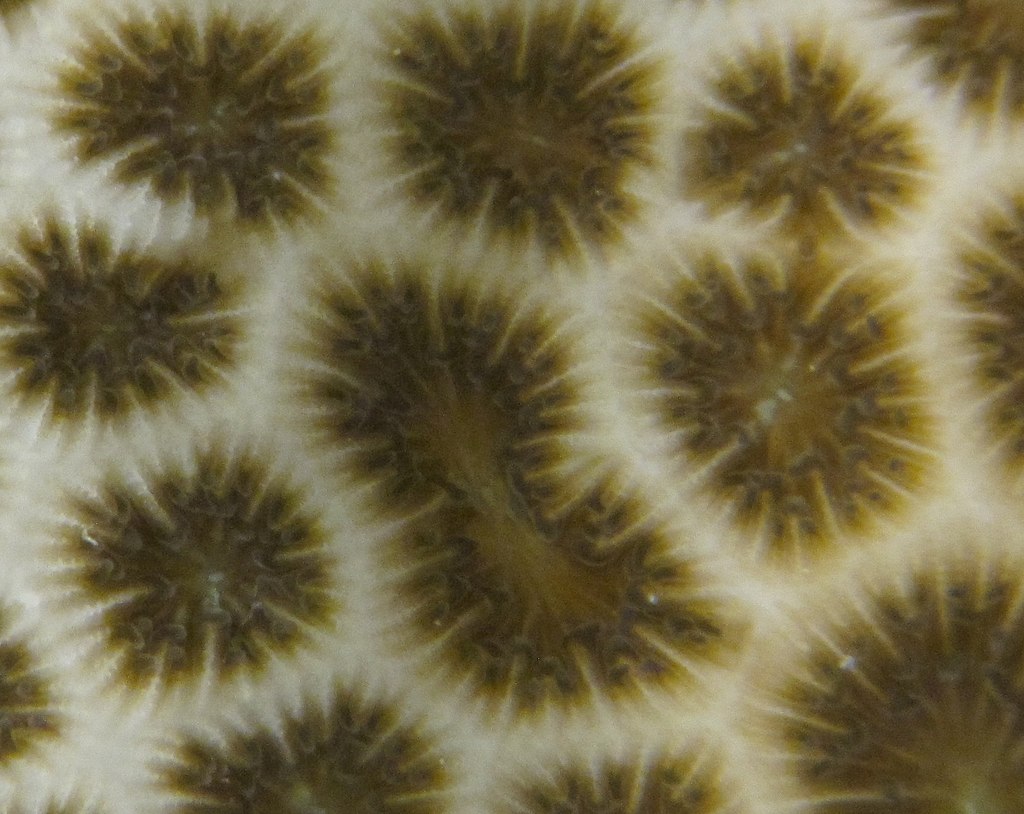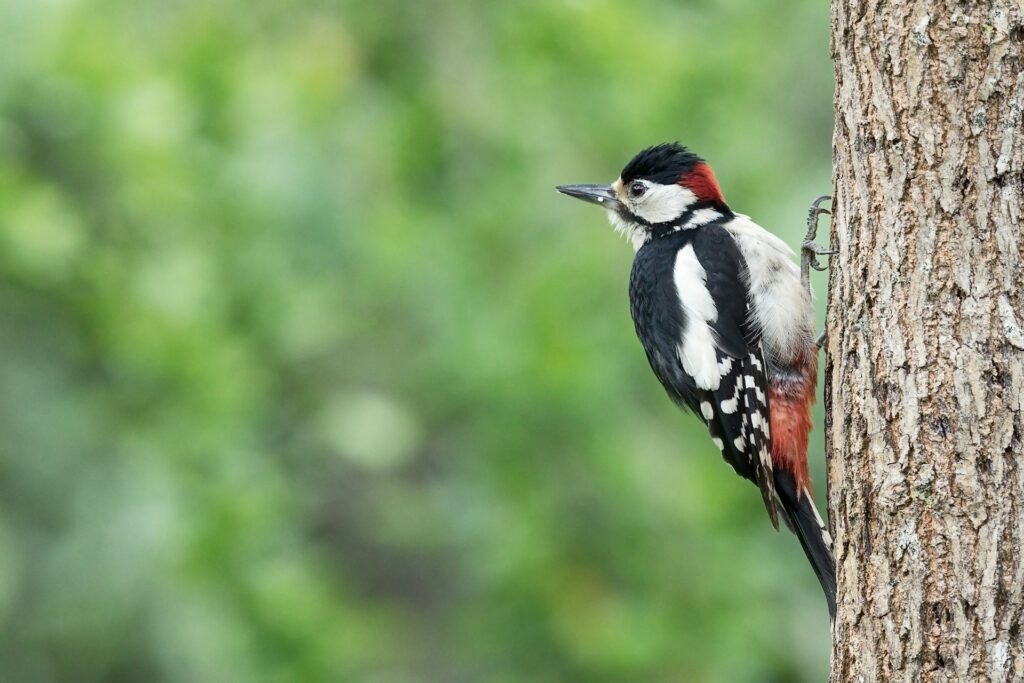Some animals don’t just survive in nature—they shape it.

Through digging, building, or manipulating their surroundings, these species create entire ecosystems that benefit far more than just themselves. Their actions ripple outward, transforming environments, supporting biodiversity, and even influencing climate stability. Here are some of the most remarkable examples of animal engineers and the worlds they help build.
1. Beavers

Beavers are often called “ecosystem architects” for good reason. When they dam rivers and streams, they don’t just create personal shelter—they build entire wetland ecosystems that become home to fish, frogs, ducks, insects, and countless plant species. These wetlands filter water naturally, reduce erosion, and help recharge groundwater supplies. Their impact on local hydrology is so significant that regions with beaver activity tend to have better flood control and more stable water cycles, even during droughts.
Their abandoned lodges and ponds also become habitats for other animals long after the beavers move on. In North America and Europe, reintroducing beavers has been used as a form of ecological restoration, helping reverse the damage caused by human land development. What might look like random piles of logs are actually precision-built, long-lasting infrastructure—designed by nature’s most practical engineer.
2. Coral Polyps

Coral reefs are built by tiny colonial animals called coral polyps, which secrete calcium carbonate to create reef structures over centuries. While each polyp is no larger than a fingernail, their collective work forms sprawling, vibrant underwater cities that support around a quarter of all known marine species. These reefs offer shelter, breeding grounds, and food to thousands of creatures—from clownfish to sea turtles to reef sharks.
But coral reefs don’t just benefit ocean life—they protect coastal communities too. Their structures buffer shorelines from storm surges and erosion, reduce wave energy, and help stabilise coastal habitats. In terms of global environmental importance, coral reefs are critical oxygen producers and carbon sinks. The fact that these massive, life-sustaining systems are built by creatures barely visible to the naked eye is one of the most impressive feats of natural engineering on the planet.
3. Prairie Dogs

Prairie dogs are often misunderstood as pests, but in reality, they play a crucial role in shaping and sustaining the grassland ecosystems of North America. Their intricate tunnel systems not only provide shelter for themselves but also create essential refuge for a wide range of species, including burrowing owls, rattlesnakes, insects, and amphibians. Their digging aerates the soil, improving water infiltration and encouraging nutrient cycling, which directly supports surrounding plant life.
These burrowed networks also help regulate temperature and moisture levels underground, creating microhabitats that allow other organisms to survive extreme conditions. Areas where prairie dogs thrive tend to have more native plant diversity, more resilient food chains, and healthier soil than surrounding landscapes. Without them, these ecosystems often begin to degrade, highlighting just how central their “underground cities” are to the health of the entire prairie biome.
4. Termites

Termites are master builders, especially in African and Australian savannas, where their towering mounds serve as more than just homes—they’re climate-controlled hubs that regulate temperature and moisture levels using a natural ventilation system. This engineering feat allows entire termite colonies to survive heatwaves and seasonal changes with impressive efficiency. But the influence of termites goes far beyond the mound.
Termite activity enriches surrounding soil with nutrients, creating fertile hotspots that support diverse plant life and, in turn, herbivores and predators. In some ecosystems, termite mounds are the foundation for grazing areas and plant growth that wouldn’t otherwise exist in such dry conditions. Their constant foraging and soil turnover also help decompose tough plant matter and return valuable organic material to the earth. Far from being just structural engineers, termites are powerful agents of ecological productivity.
5. Elephants

Elephants shape landscapes on a dramatic scale. In both African savannas and Asian forests, their feeding habits create natural clearings that allow sunlight to reach ground-level vegetation, encouraging growth and maintaining a mosaic of habitats. By knocking over trees or stripping bark, they change the forest structure, often allowing grasses to thrive and creating open spaces where other species can feed or shelter.
Elephants also dig for water during dry seasons, creating small waterholes that other animals rely on. Their dung is rich in seeds and fertiliser, helping disperse plants over vast distances and encouraging new growth in places that might otherwise stay barren. When elephants disappear from an ecosystem, the shift is often stark—plant overgrowth, loss of key species, and a drop in biodiversity show just how essential their role is in maintaining environmental balance.
6. Earthworms

Earthworms may seem insignificant, but they’re essential to healthy ecosystems, particularly in forests, gardens, and farmland. As they move through soil, they create tiny tunnels that improve aeration, allowing plant roots to breathe and helping rainwater penetrate more deeply. Their digestive processes break down organic material and mix it with soil, producing nutrient-rich castings that nourish plant life.
These unassuming engineers also support microbial life and fungi that are crucial for plant health. A patch of land with healthy worm activity tends to have better crop yields, more stable soil structure, and higher resilience to drought. In degraded or compacted soils, reintroducing worms can jumpstart the recovery process. What they lack in visibility, they more than make up for in ecological impact.
7. Woodpeckers

Woodpeckers are far more than just noisy neighbours in the woods. By drilling holes into trees to forage or nest, they inadvertently provide housing for dozens of other species. Abandoned cavities are later used by owls, bats, ducks, songbirds, squirrels, and insects. In forests where natural holes are rare, woodpeckers essentially decide who gets to nest and reproduce.
Their foraging also helps control tree pests by keeping insect populations in check, protecting tree health over time. Some species, like the pileated woodpecker, create so many cavities that entire local ecosystems revolve around their activity. They might not intend to shape a forest community—but their impact is long-term, widespread, and essential to biodiversity in wooded habitats.
8. Leafcutter Ants

Leafcutter ants are among the most fascinating insect engineers. They harvest leaves, not to eat directly, but to grow a specific fungus underground, which serves as their food source. This fungal farming creates complex subterranean networks that extend meters below ground and support entire colonies of millions of individuals.
Their continuous excavation and foraging activities enrich the soil, redistribute nutrients, and improve drainage. In tropical rainforests, leafcutter ant colonies act as underground composting systems, helping sustain the health of surrounding trees and plants. Their tunnels also become homes for other invertebrates, and their role in nutrient cycling is so vital that entire rainforest patches depend on their quiet, tireless activity.
9. Parrotfish

Parrotfish are essential to coral reef health, even though their behaviour seems destructive at first glance. They use their beak-like teeth to scrape algae and dead coral from reef surfaces, preventing algal overgrowth that can suffocate living coral. This constant maintenance work allows healthy coral to regenerate and grow, supporting the thousands of species that rely on reef habitats.
They also produce huge amounts of fine white sand by grinding up bits of coral as they feed. A single large parrotfish can generate hundreds of pounds of sand in a year, contributing to the very beaches that make tropical islands so iconic. Without parrotfish, coral reefs would likely decline much faster—overgrown with algae and deprived of the space they need to recover.
10. Mangrove Crabs

In mangrove forests, small crabs play a surprisingly vital role. They consume leaf litter that would otherwise smother roots and decompose in a way that harms the ecosystem. Their burrowing activity oxygenates waterlogged soil, preventing harmful bacteria from building up and allowing mangrove trees to thrive in otherwise challenging conditions.
These crabs also help regulate the delicate balance of organic material in the system. By shredding leaves and redistributing nutrients, they support countless organisms that rely on mangroves as breeding grounds—fish, birds, reptiles, and even juvenile sharks. Though tiny, mangrove crabs are part of the foundation holding an entire coastal ecosystem together.